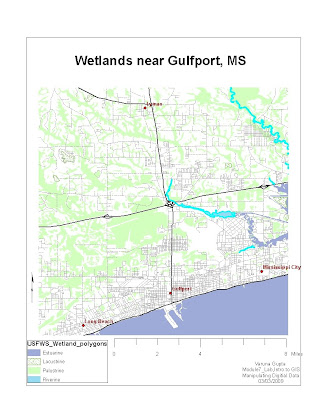






1)Selection of existing rainfall and streamflow gaging station in Florida
2)30 mile buffer around the prediction point for identifying streamflow gauging stations in the vicinity in the same or nearby watershed
3)8 streamflow gauging stations selected in the nearby areas for the daily streamflow forecasting at a given location.
4)Identification of second location for streamflow prediction
5)Buffer for the location 2
6)Best gaging stations obtained for the location 2 by the process of optimization
7)Spatial Interpolation: Prediction of the missing streamflow values using Spatial interpolation (IDW) in ArcGIS. The results were validated using test data (red star marked on the map).







































